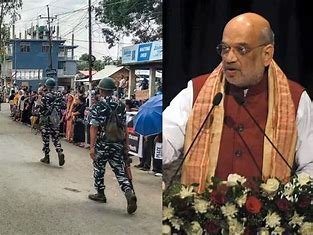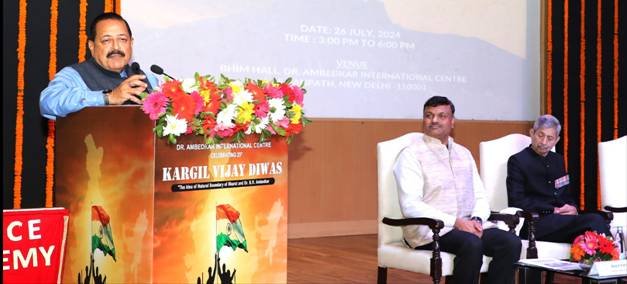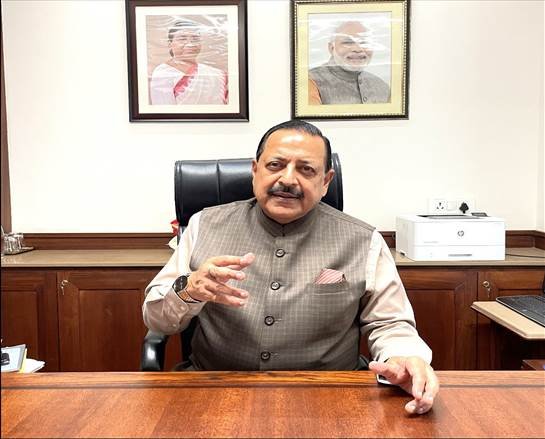New Delhi: In a significant move, India has announced plans to fence its border with Myanmar and end the decades-long Free Movement Regime (FMR) that allowed people living along the frontier to cross over freely. This decision comes amid a surge in Myanmar military personnel fleeing into India to escape ethnic clashes.
Reasons for the Fencing:
Influx of Myanmar Soldiers: Nearly 600 Myanmar soldiers have crossed into India’s Mizoram state in recent months, seeking refuge after their camps were overrun by the Arakan Army, an ethnic armed group.
Security Concerns: The Indian government is concerned about the potential security risks posed by the influx of soldiers and civilians from Myanmar, including the possibility of infiltration by militants and insurgents.
Controlling Unauthorized Movement: The fencing aims to regulate cross-border movement and prevent unauthorized entry into India.
Scrapping the Free Movement Regime:
The FMR, established in the 1970s, allowed people living within 16 kilometers of the border on either side to move freely without needing visas. However, with the recent instability in Myanmar, the Indian government has decided to scrap the FMR and require everyone to obtain visas for entry.
Reactions to the Decision:
Mizoram Government: The Mizoram government, which has borne the brunt of the influx from Myanmar, welcomed the decision to fence the border and end the FMR.
Human Rights Concerns: Some human rights groups have expressed concerns about the impact of fencing the border on local communities and families with ties across the frontier.
The Future of India-Myanmar Relations:
The decision to fence the border and end the FMR marks a significant shift in India’s relationship with Myanmar. It remains to be seen how this will affect relations between the two countries in the long term.





















+ There are no comments
Add yours